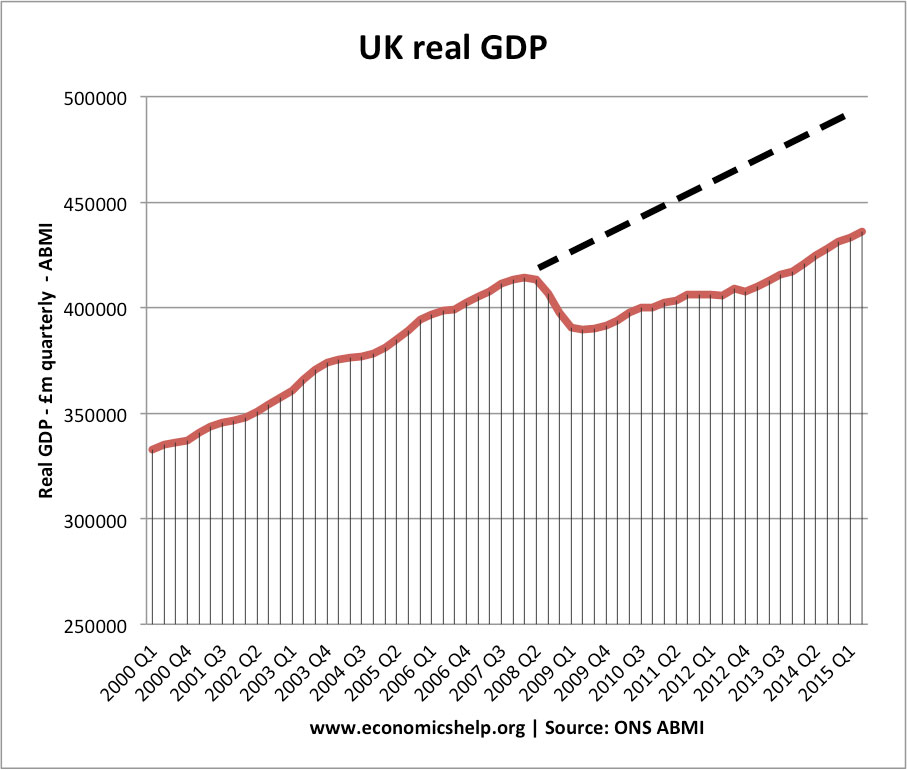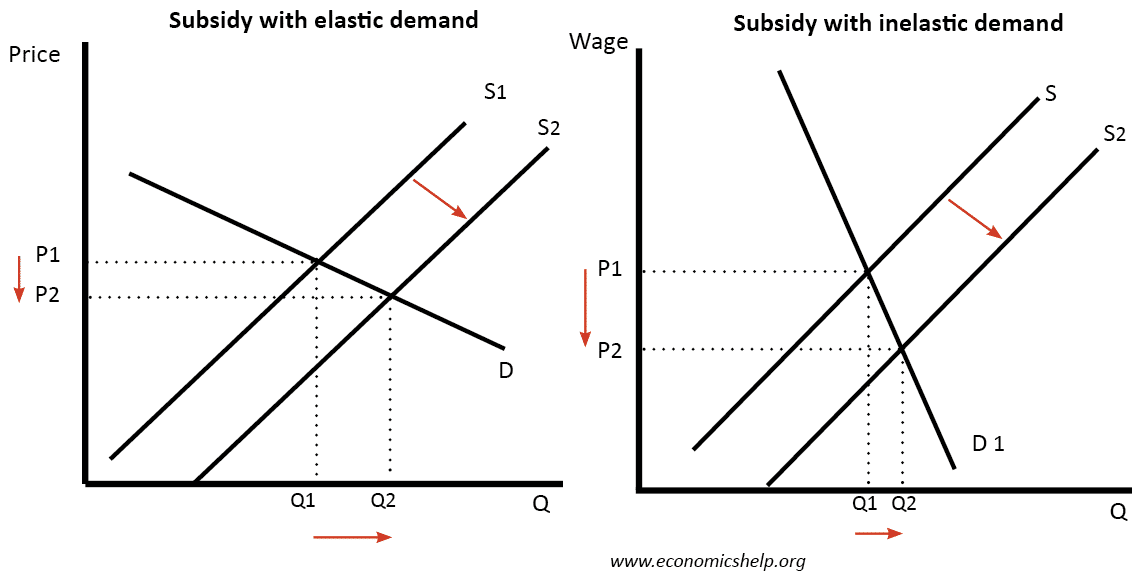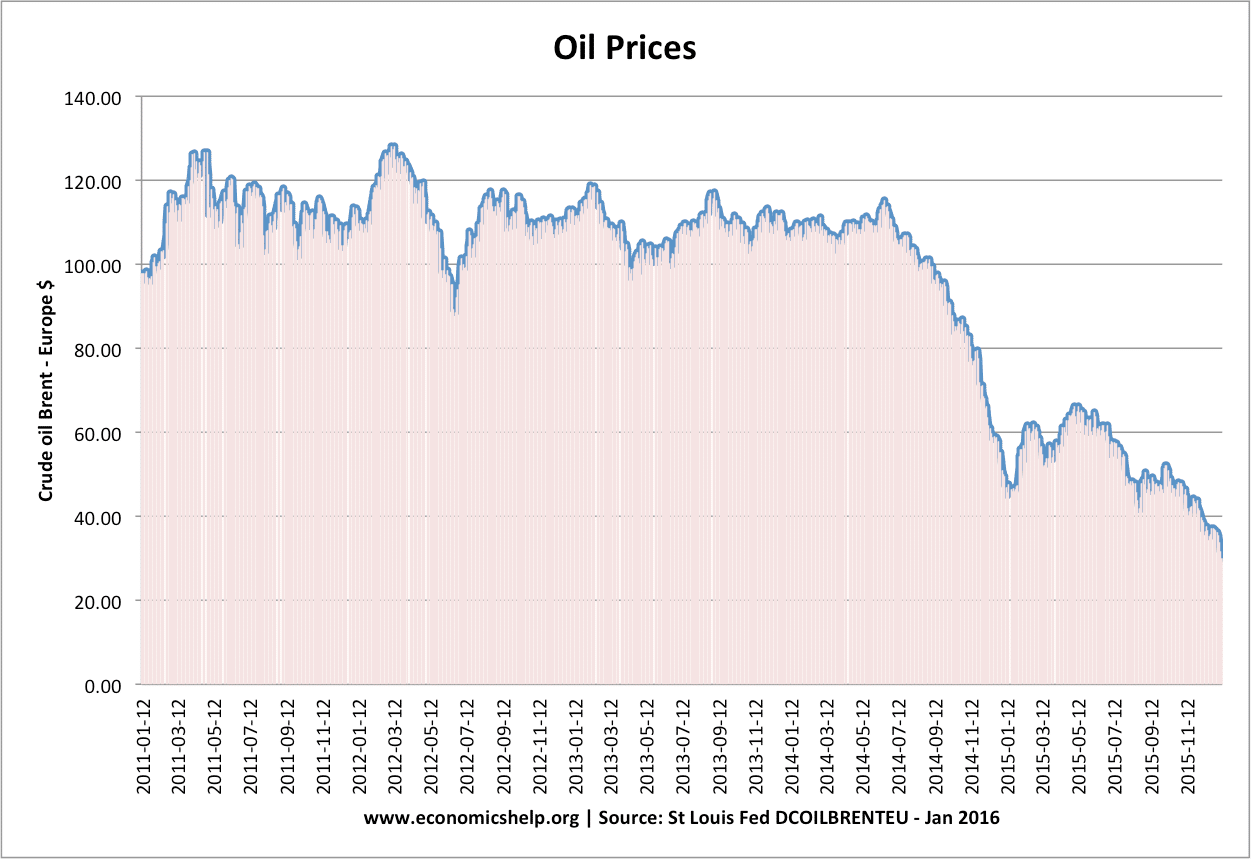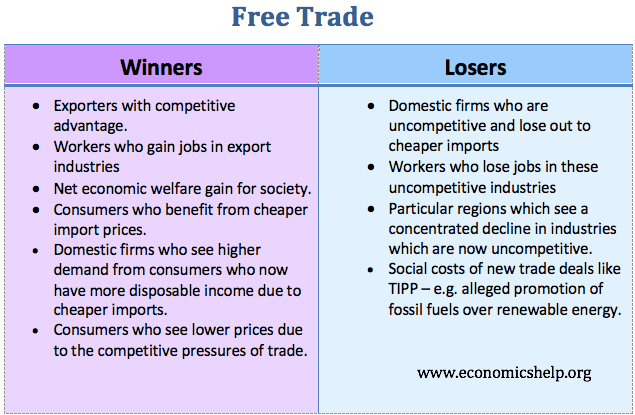Winners and losers from a weak Pound
The Brexit vote has led to sharp fall in the value of the Pound, at one stage falling to £1 = $1.22 – a fall of over 15%. This will have a significant impact on British firms, consumers and also those outside Europe. In short: Winners from weak Pound UK exporters who will be more …




